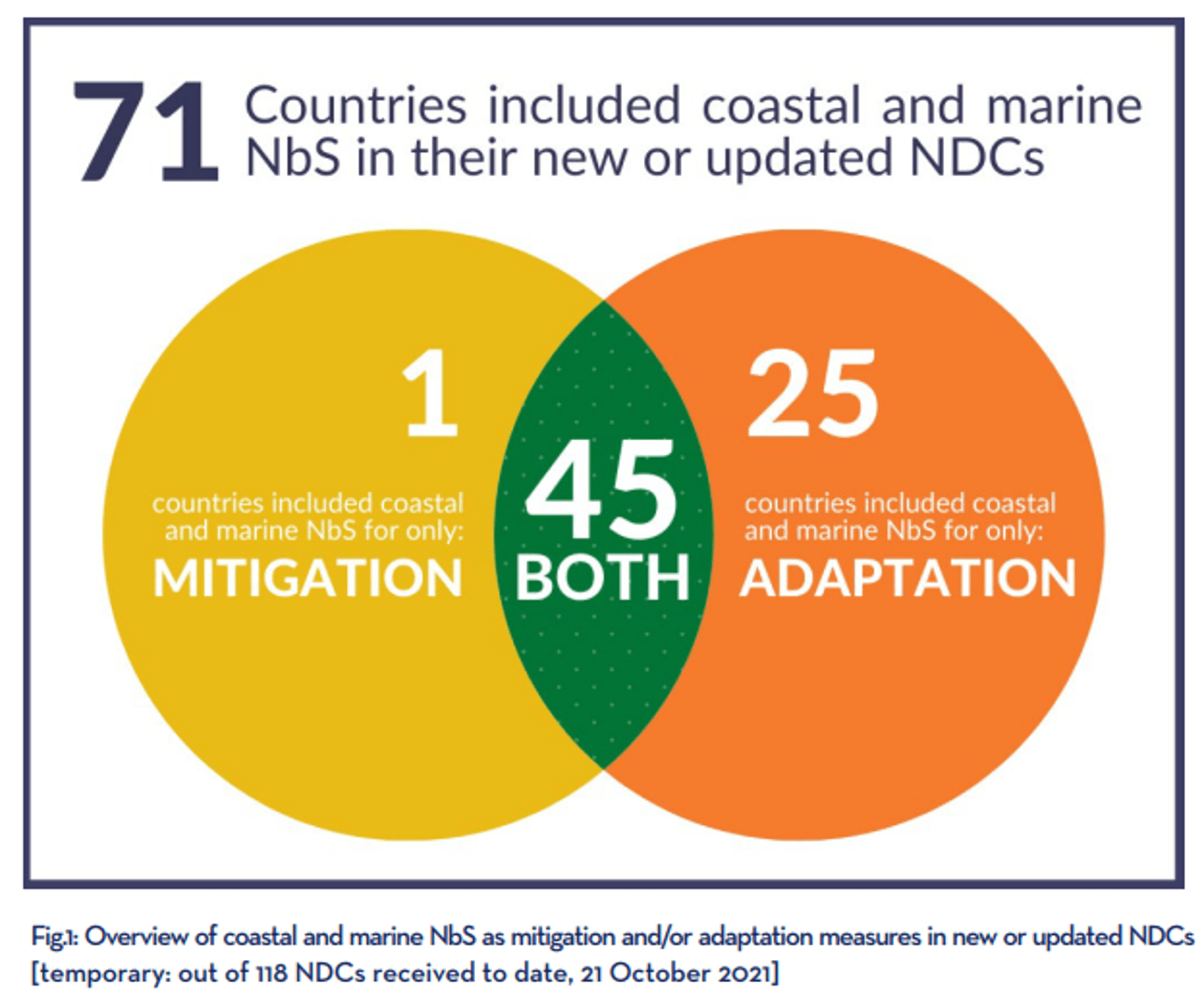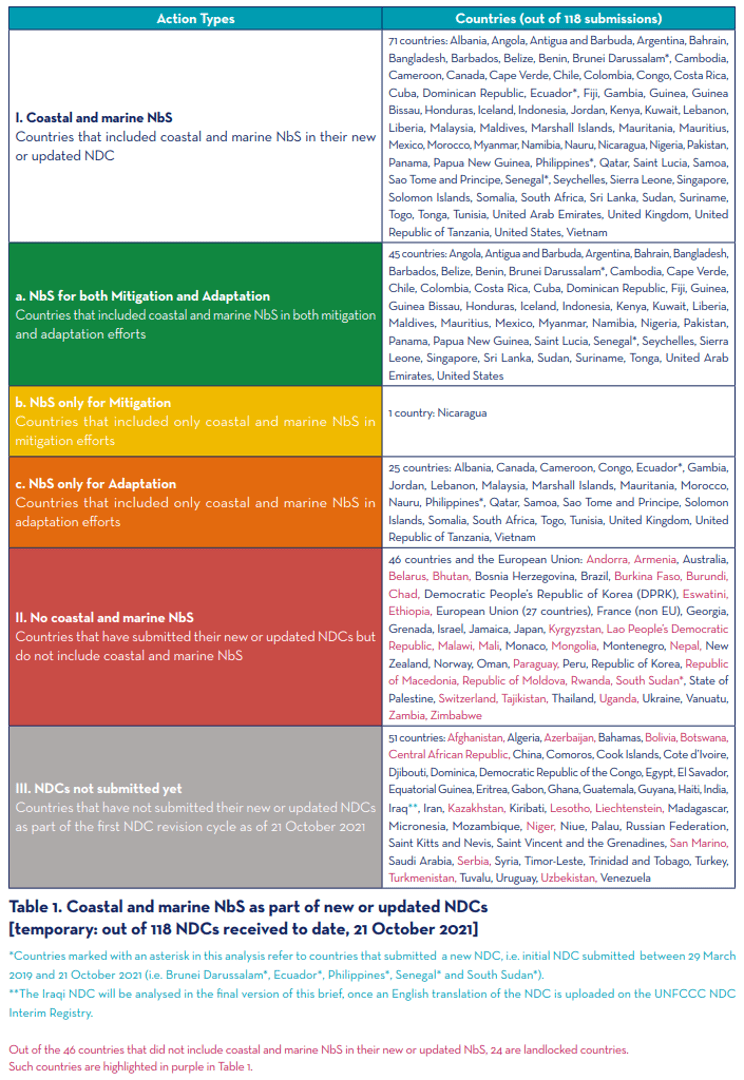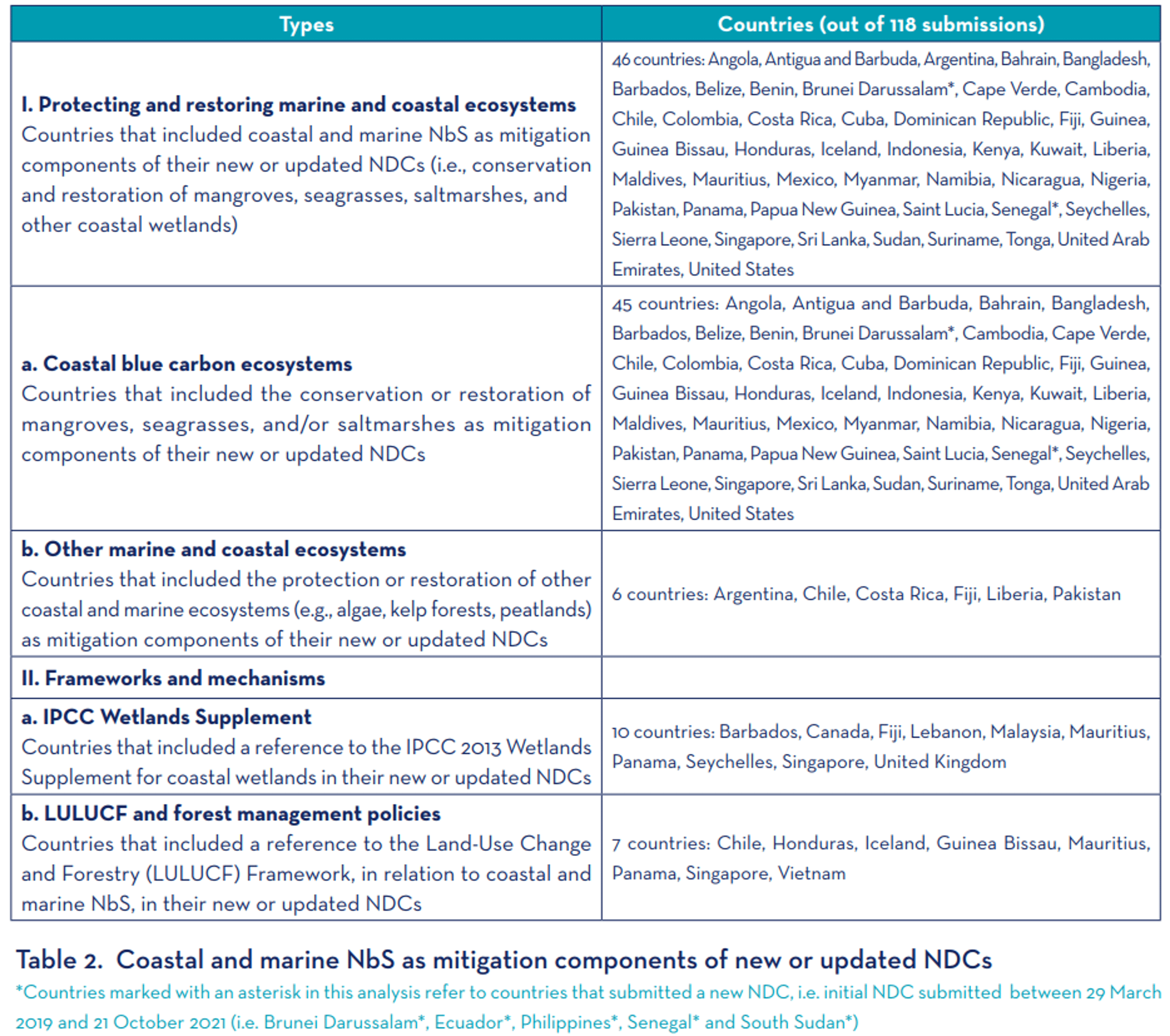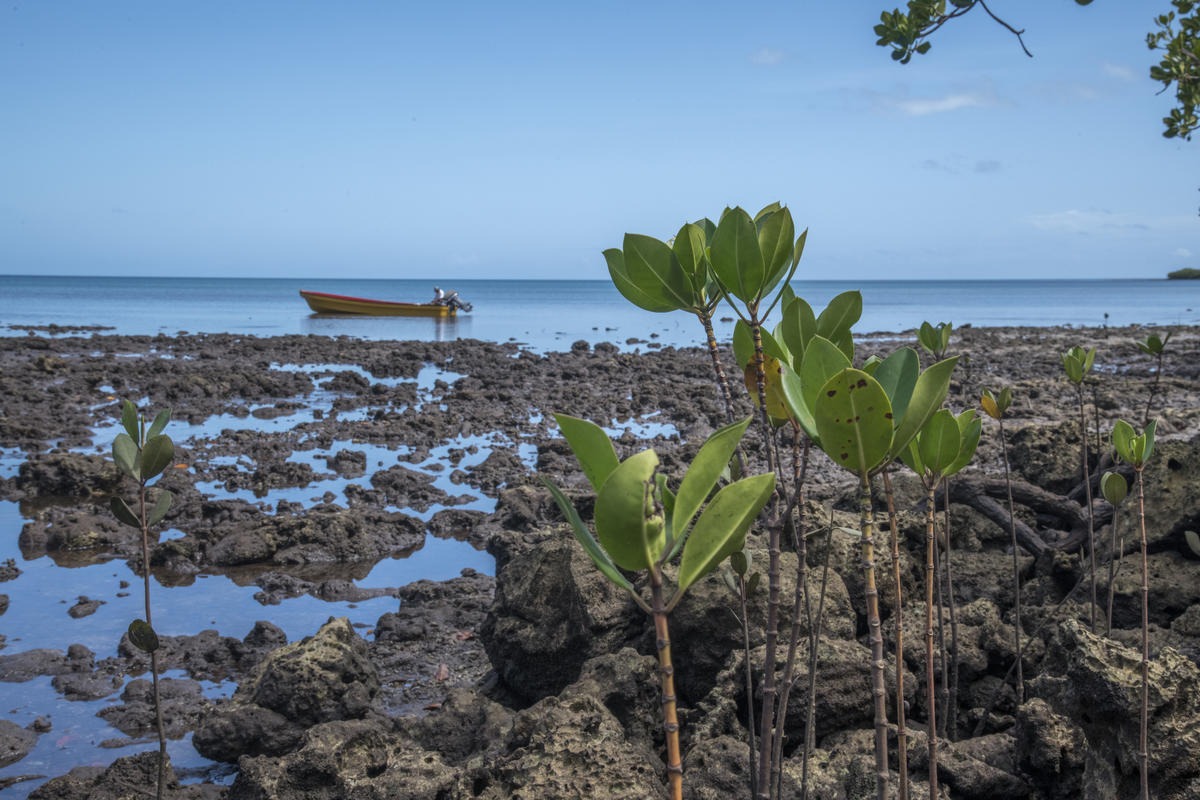Are Mangroves being included in Nationally Determined Contributions to the Paris Agreement?
As the climate crisis grows, countries are increasing ambitions within their Nationally Determined Contributions (NDCs) to the Paris Agreement under the UN Framework Convention on Climate Change (UNFCCC). These commitments are a vital step towards mitigating climate change and increasing our global resilience. But what role are mangroves playing in these contributions? Coastal ecosystems are well documented to be excellent at carbon capture and storage but have not always been prioritized for well-managed protection and restoration.
A new analysis “Coastal and marine ecosystems as nature-based solutions in new or updated nationally determined contributions” by WWF, Rare, Conservation International, IUCN, The Nature Conservancy, Wetlands International, GIZ, and Ocean-Climate.org examines the inclusion of marine and coastal ecosystems, including mangroves, in NDCs ahead of the UNFCCC COP26.
Following are excerpts highlighting the breadth of analysis and inclusion of mangroves:
“The report examines 118 new or updated NDCs, submitted as part of the first revision cycle, with regard to the inclusion of efforts addressing coastal and marine Nature-based Solutions (NbS) for climate mitigation and/or adaptation. …the present report provides a robust comparison between first NDCs and updated NDCs, showcasing whether countries have increased, renewed, unchanged or decreased their ambition between first and second submissions. …comparative analysis suggests an overall increase, albeit modest, in recognition of the ocean’s role in climate action, and in countries’ level of ambition with regards to leveraging coastal and marine NbS for climate mitigation and adaptation,…”
“…45 new or updated NDCs mention mangroves, seagrasses and/or saltmarshes.”


“Chapter IV of the IPCC Wetlands Supplement provides scientific knowledge and guidelines on the inclusion of coastal wetlands, specifically seagrasses, saltmarshes and mangroves, into national inventories and communications using a tiered approach allowing for flexibility around technical capacities. 10 countries included a reference to the IPCC Wetlands Supplement in their new or updated NDCs – in line with their strategy to implement coastal and marine NbS for mitigation purposes.”
“Countries are encouraged to strengthen their reporting and monitoring frameworks, as well as to include specific and measurable targets in their NDCs (e.g., quantity of carbon sequestered by coastal ecosystems, hectares of mangrove forests planted, percentage of EEZ included in MPAs).”
“The majority of these countries undertook efforts to protect coastal blue carbon ecosystems (Table 8.1.a) as a matter of priority, in comparison to other marine and coastal ecosystems (Table 8.1.b). This is consistent with the fact that coastal blue carbon ecosystems (i.e. mangrove, seagrass and saltmarsh) are the three coastal ecosystems that have an IPCC-approved methodology to account for their sequestration capacity…”

“Regarding mitigation efforts, it is interesting to note that blue carbon ecosystems were clearly favored since 45 countries included mangroves, seagrasses and saltmarshes in their strategies, whereas only 6 countries have integrated other coastal ecosystems for mitigation purposes in their updated NDCs. This suggests that more in-depth understanding of the sequestration potential of other blue carbon ecosystems is needed to ensure adequate policy guidance building on sound scientific data is developed, while at the same time accounting windfalls are avoided. Indeed, strong ocean-based climate action should not be used as a substitute for rapidly phasing-out high emission activities on land and at sea.”
Fiji’s commitments as a sample of the analysis:
“Fiji notes ‘the need to sustainably manage and protect marine and coastal ecosystems, strengthen their resilience, and restore them when they are degraded. This includes conserving ocean reservoirs as carbon sinks through supporting the restoration, enhancement and conservation of coastal ecosystems such as mangroves, seagrasses and coral reefs.’”
“Fiji committed to work towards enhancing the ocean as a carbon sink. To that end, Fiji will be allocating 30% of its Exclusive Economic Zone (EEZ) as Marine Protected Areas and work towards 100% management of its EEZ by 2030 – thereby complementing its National Adaptation Plans (NAP). It considered mitigation co-benefits, ‘conserving ocean reservoirs as carbon sinks’ through supporting coastal ecosystems protection.”
Read the full analysis here.

© Tom Vierus / WWF-US